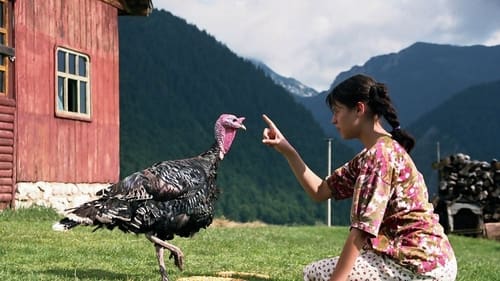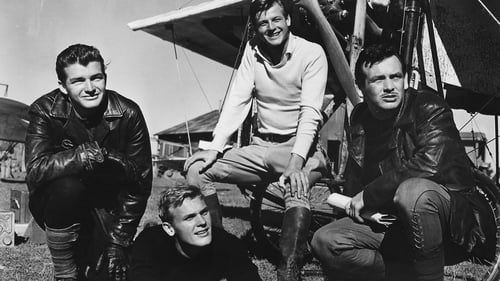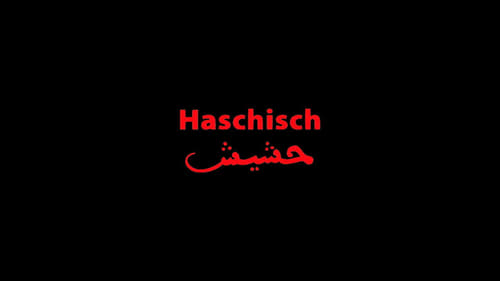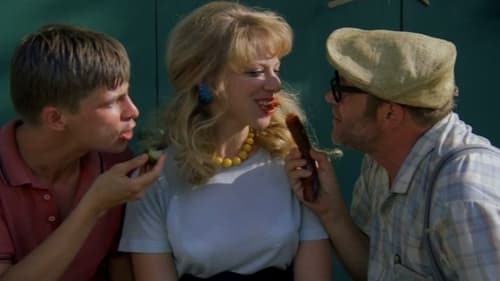PressPausePlay (2011)
A Film about hope, fear and digital culture
Genre : Documentary, Music
Runtime : 1H 28M
Director : David Dworsky, Victor Köhler
Synopsis
The digital revolution of the last decade has unleashed creativity and talent of people in an unprecedented way, unleashing unlimited creative opportunites. But does democratized culture mean better art, film, music and literature or is true talent instead flooded and drowned in the vast digital ocean of mass culture? Is it cultural democracy or mediocrity? This is the question addressed by PressPausePlay, a documentary film containing interviews with some of the world’s most influential creators of the digital era.

The story is based on the popular novel developed from folk legend. It goes that the Manchurian emperor Qianlong of China (circa 18th Century) was actually the son of a Han Chinese, the subject ethnicity. His brother of blood, Chen Jialuo just happened to be the chief of the Red Flower Society, an anti-Manchu secret society. Chen, a learned scholar, thought he could get his brother turn his back on the Manchu and restore the Han Chinese reign. But the story was ended by brutal clearence of the society members. It reflects one of the dark pages in Chinese culture, that ethics and humanity always become impotent when countered with power.

Six young filmmakers from Central and East Europe developed shorts about the theme of "generation".

HBO Hungary looks at the popularity of Pierre Woodman, a French porn director known for his amateur "casting" shoots and contract work with Private and Hustler. Woodman prowls the malls and cafés of Eastern Europe seeking attractive, persuadable 19-year-olds to film in his hotel room.

A writer suffering a block decides to watch a young woman as a role model for his novel, but finds more than he bargained for.

A short, animated film based on Edwin Abbott's 1884 satirical novella, Flatland: A Romance of Many Dimensions.

A hotshot young flyer falls for a French sex worker during World War I.

On a nice summer day a funny little car rolls over a peaceful farm yard of Muhu island. The family that withdraws from the vehicle is quite odd-looking: an overbearing madam, a henpecked stammering husband and a mystical red-head. They announce that they want to spend their vacation in the farm ... "We are from capital, we will pay". This quiet vacation turns out to be a frantic day with romance, unexpected turns and fisticuffs between suitors.

Self fashion show.

The Hungarian Oh, Bloody Life reflects on the heavy emotional toll taken by the repressive Stalin regime. Dorotya Udvaros plays a young actress from a high-born family. The government bias against persons of wealth threatens to destroy her career before it begins. As a final blow, she is threatened with deportation. The exasperation inherent in the film's title is only the tip of the iceberg.

A small village high up in the mountains of Ketama, Northern Morocco. The life of the people here has been shaped by the drug hashish for centuries. Hashish as daily work, hash as exchange currency, hashish as business, hashish as basis and philosophy of a social system, hashish as medium for dreams and hashish as reason for stagnation.

Visionary, radical, spiritual seeker, renowned poet, founding member of a major literary movement, champion of human rights, Buddhist, political activist and teacher. Allen Ginsberg's remarkable life challenged the very soul of the United States.

The film is set over the course of a New Year's Eve night in the Croatian port city of Split, where it follows three parallel plots. The first plot line features a small-time drug dealer Nike (Marinko Prga) and a young widow Marija (Nives Ivankovic); the second plot line deals with a drug addict called Maja (Marija Skaricic) who decides to have sex with an US Navy sailor called Franky (Coolio) in exchange for some heroin; the third one shows a young couple, Luka and Andela (Vicko Bilandzic and Ivana Roscic) who spend the night desperately looking for a place to celebrate the New Year by having their first sexual experience. The plots are connected through Dino Dvornik's concert, where all of them pass through at some point, and through the omnipresent fireworks that dot the night sky over the course of the film.

Featuring the stories and music of seminal Cajun musicians "Bois Sec" Ardoin and Canray Fontenot, Dry Wood is a short, vibrant documentary portrait of life, food, music and festivity in the Louisiana Delta from the singular Les Blank. Preserved by the Academy Film Archive in 1999.

A television documentary produced for British Television directed by Peter Greenaway about Phillip Glass that is a recording of a performance of the Phillip Glass Ensemble in 1983 with interviews that go in depth of his style and music theory of his signature minimal sound.

This story has a horse-race fan main character who sells clothes-hangers On one trip, a young, teenager boy relative goes with him. They have a lot of adventures as they become friends. Girls, dance and horse-racing are the themes while they sell the clothes-hangers this summer...

Commissioned by the San Francisco Mime Troupe as a short to be screened during intermission for its rather infamous 1965 Minstrel Show (Civil Rights from the Cracker Barrel), which assaulted racial stereotypes by wildly exaggerating them. Scored by Steve Reich.

A simple, religious Hungarian woodcutter lives with his wife and boy child with a small community of squatters among the peaceful mountains of Transylvania until a lumber company claims their land and forces them all to become company workers or else leave the land. This 1942 Hungarian film takes a detailed and unflinching look at the hardships of mountain living, and the realistic approach proved influential to the Neorealist movement in Italian cinema. Hungarian master director Istvan Szots won the Biennale Cup at the Venice Film Festival for his auspicious debut, but the film was banned by the Nazis as "too Catholic" and not publicly exhibited until after World War II.

This film is about the relationship of a mother and her daughter, the split-up of their family, the blessing and curse of belonging together and about coming of age - all this from the perspective of the young girl Aglaja. The story is based on real-life events, an Eastern European circus artist family that fled to the West. If they want to stay in the circus business they have to make up an exotic act. The mother spends all their money to buy a very dangerous act: hanging by her hair high up in the dome of the circus while juggling with burning torches. Every night Aglaja is terrified by the fear of losing her mother. But, on some day, she has to follow the family tradition and become the "Woman with the Hair of Steel".

This film illustrates the life of the film director, Shui-Bo Wang in The People's Republic of China. We learn of the life of the director in his own words and images from a child steeped in the values of Chinese communism exemplified by Chairman Mao, to a young man striving to live up to those ideals both as an artist and a soldier.

The images from the Tour de France in the television production Eddy Merckx in the Vincinity of a Cup of Coffee may be seen as a small sketch for the fully unfurled epic cycling drama Stars and Watercarriers. The film follows the 1973 Giro d'Italia and in his commentary Leth explains the fascination exerted by the great cycle races: "The most beautiful, most pathetic images cycling can give us involve extreme performances in classic terrain."


















